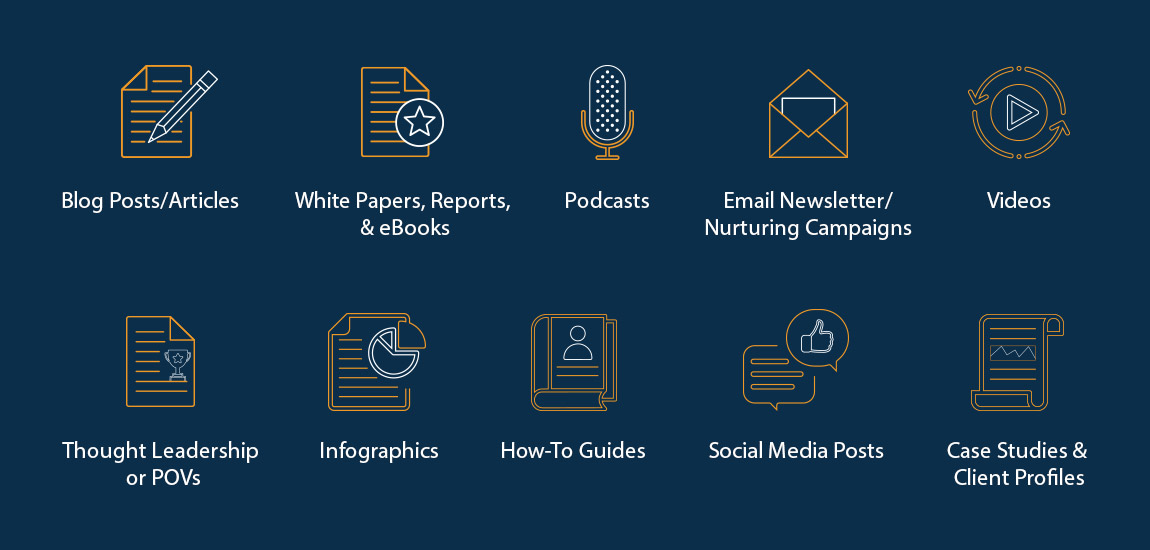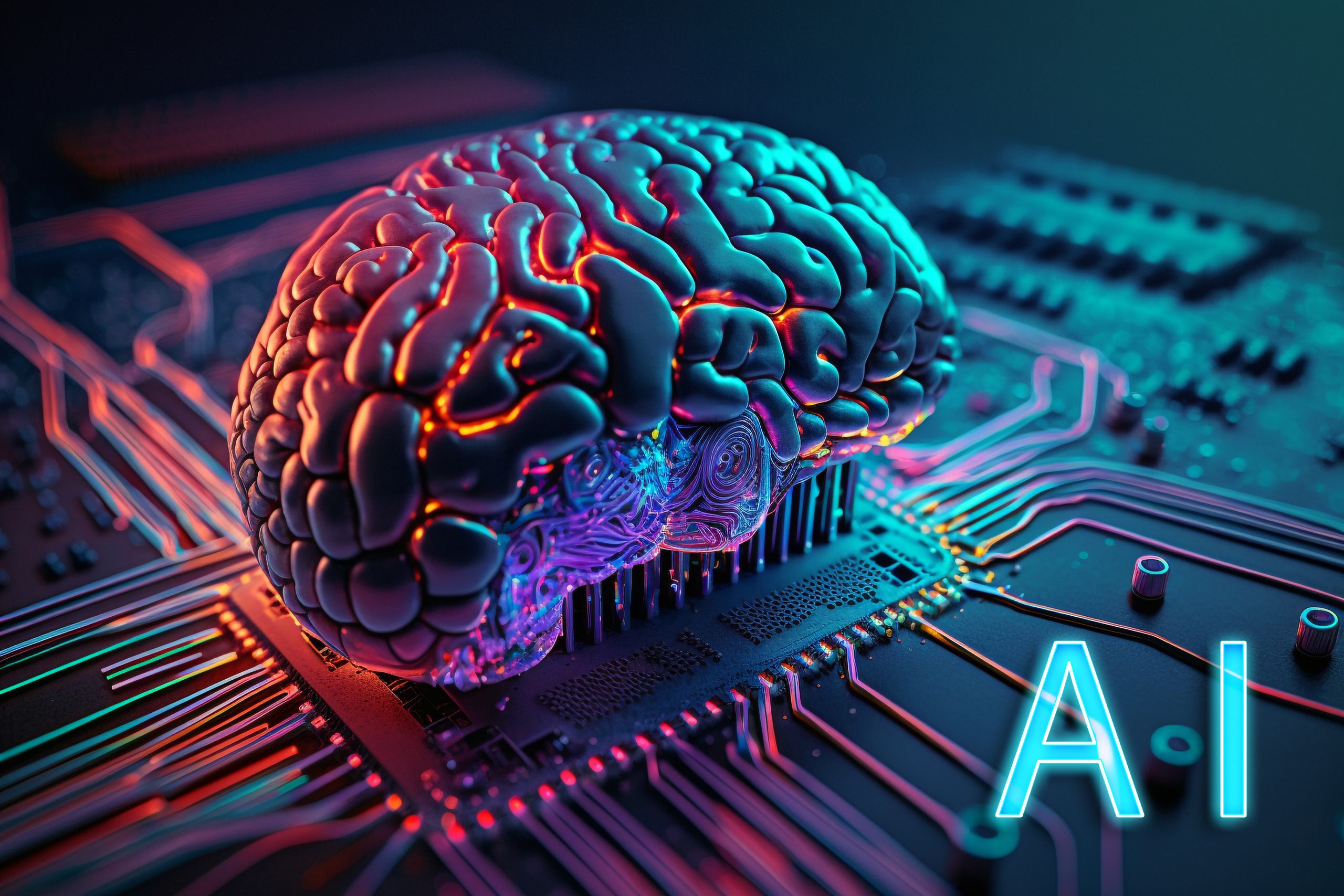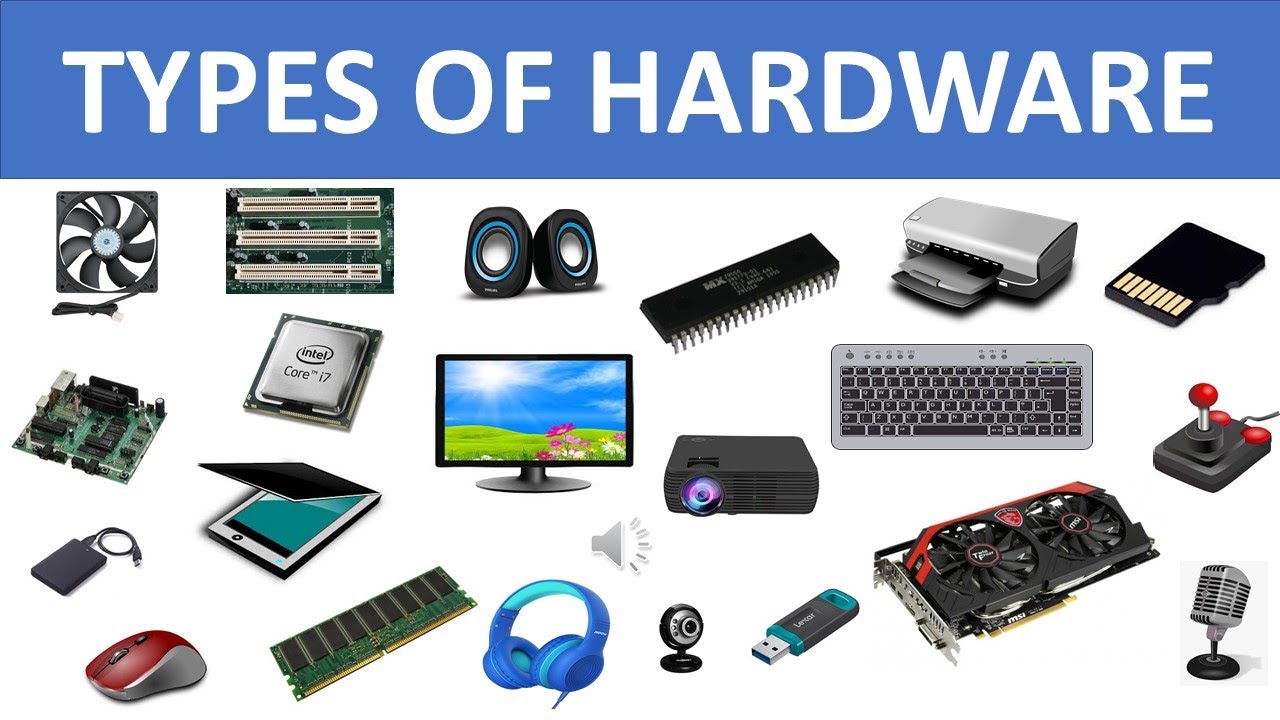
The digital revolution has fundamentally transformed the way media content is created, distributed, and consumed. With the advent of the internet, the rise of streaming platforms, and the proliferation of mobile devices, the landscape of media distribution has undergone a dramatic shift.
Traditional Media Distribution
Before the digital age, media content was primarily distributed through physical channels. Books were printed on paper, music was released on vinyl records or cassette tapes, and movies were shown in theaters or broadcast on television.
The Digital Disruption
The internet revolutionized media distribution by enabling the digitalization and transmission of content over networks. This led to the emergence of digital media formats such as MP3, MP4, and PDF.
Key Digital Media Distribution Channels:
- Streaming Platforms: Services like Netflix, Hulu, and Amazon Prime Video allow users to stream movies, TV shows, and documentaries on demand.
- Video-on-Demand (VOD): VOD services enable users to rent or purchase digital copies of movies and TV shows.
- Music Streaming Services: Platforms like Spotify, Apple Music, and Tidal offer millions of songs for streaming.
- Social Media: Social media platforms have become powerful channels for sharing user-generated content, such as videos and images.
- Mobile Apps: Mobile apps allow users to access media content on their smartphones and tablets.
Challenges and Opportunities in Digital Media Distribution
The digital age has presented both challenges and opportunities for the media industry:
Challenges:
- Piracy: The illegal distribution of copyrighted content remains a significant challenge.
- Revenue Models: Traditional revenue models, such as physical media sales, are declining.
- Data Privacy: The collection and use of user data raise privacy concerns.
Opportunities:
- Global Reach: Digital distribution allows content to reach a global audience.
- Personalization: Streaming platforms can tailor content recommendations to individual preferences.
- Interactive Content: Digital media enables innovative formats like interactive storytelling and virtual reality experiences.
- Data-Driven Insights: Analyzing user data can help content creators understand audience preferences and tailor their content accordingly.
The Future of Digital Media Distribution
The future of digital media distribution is likely to be shaped by emerging technologies such as artificial intelligence, virtual reality, and augmented reality. These technologies have the potential to revolutionize the way we consume and interact with media content.
As the digital landscape continues to evolve, it is clear that the future of media distribution will be driven by innovation, personalization, and the ever-changing needs of consumers.
Would you like to delve deeper into a specific aspect of digital media distribution, such as the impact of streaming on traditional media, the challenges of piracy, or the future of virtual and augmented reality in media?

